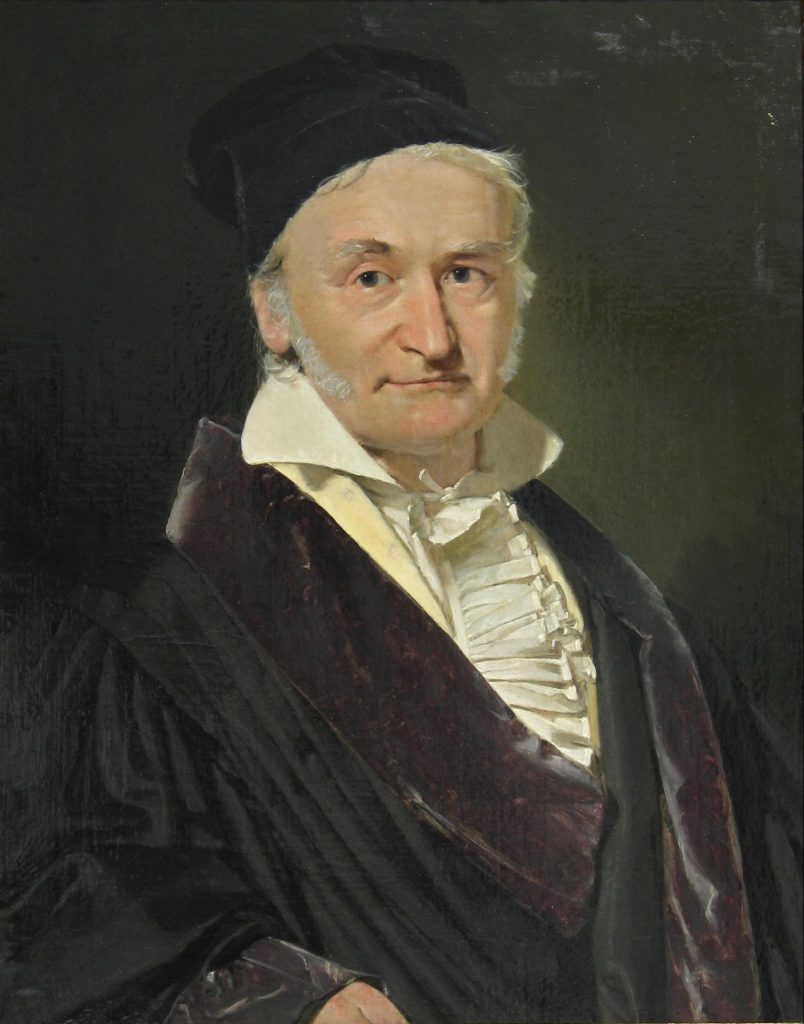In number theory, the Fundamental Theorem of Arithmetic (FTA), also known as the unique-prime-factorization theorem or the unique factorization theorem states that,
Every integer greater than 1 is either itself is a prime number or it can be expressed as the product of prime numbers.
This theorem is one of the main reasons why we do not consider 1 as a prime number. If 1 was prime, then factorization into primes would not be unique.
Index
History
The concept of unique factorization has been traced right back to Greek arithmetic. The first clear statement and proof of the FTA seem to have been given by Gauss in his Disquisitiones Arithmeticae.
The fundamental theorem of arithmetic, the fundamental principle of number theory proved by Carl Friedrich Gauss in 1801, states that any integer greater than 1 can be expressed only in one way as the product of prime numbers.

Rashed has proved the existence of a prime decomposition in 1982 and subsequently gave all needed to prove its uniqueness.
Fundamental Theory of Arithmetic
From this theorem, we see that a composite number can be factorized as the product of prime numbers. For each composite number, the factorization is unique, not considering the order of occurrence of the prime factors.
In other words, there exists only a single way to represent a natural number by the product of prime factors. This fact can be stated as:
The prime factorization of any natural number is unique except for the order of their factors.
A composite number “\(X\)” can be expressed as,
\(X = P_1 * P_2 * P_3 ……… * P_n\),
where, \(P_1, P_2, P_3 ……… , P_n\) are the primes written in ascending order,
i.e., \(P_1 < P_2 < P_3 ……… < P_n\).
Recording the primes in ascending scale makes the factorization itself unique in nature.
Applications of Fundamental Theory of Arithmetic
Fundamental Theorem of Arithmetic is mainly used to find
1. Highest Common Divisor (HCF)
2. Lowest Common Multiple (LCM)
Examples
Question 1. Find the HCF of \(2^3 * 3^2 * 5^6 * 7\) and \(2 * 5^9 * 13^2\)?
Solution. \(2^{(2+1)}* 3^2 * 5^6 * 7\)
\(2 * 13^2 * 5^{(6+3)}\)
Therefore, HCF = \(2 * 5^6\)
Question 2. Find the HCF and LCM of 18 and 45 and prove that LCM × HCF = Product of Two Numbers.
Solution. By prime factorization
18 = 2 x 3 x 3
45 = 3 x 3 x 5
HCF (18, 45) = 9
LCM (18,45)= 2 x 3 x 3 x 5 = 90
LCM × HCF = 90 x 9 = 810
Product of two numbers = 18 x 45 = 810.
Hence, L.C.M. × H.C.F. = Product of two numbers.
FAQs
Prime factorization is a method of writing a number in its prime multiples. Prime factorization can be done in two ways.
1. Trial and error division method
2. Using factor tree
The fundamental theorem of arithmetic states that: Every integer >1 has a prime factorization, and that prime factorization is unique.
A prime is a number that is divisible only by 1 or itself; in other words, we can say that a number with two different divisors. But 1 has only one, i.e., 1.
Yes, there can be repetition while doing a prime factorization for a number,
Example: Prime factorization of 16 = 2 * 2 * 2 * 2.
